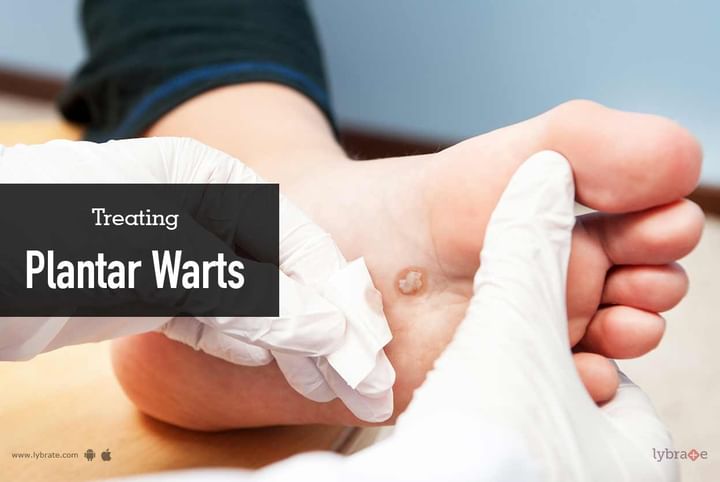Treating Plantar Warts
Plantar warts are a common occurrence in children, so are palmer warts. These warts are named so according to where they appear in the body. Palmer warts occur on the hands, and plantar warts on the bottom of the foot.
What causes plantar warts and palmer warts?
Plantar warts and palmer warts are caused by a viral infection in the top layer of the skin. The virus strain here is called human papillomavirus or HPV. (Take note that while many strains of the virus exist, those that cause genital warts are different from the ones that cause plantar warts). The resulting warts are non-cancerous growths but are often mistaken to be malignant. In fact, most warts go away in a year or two if you leave them alone without treatment. However, depending on the location they may cause minor pain or irritation. For a self-conscious person, the wart may cause people to shy away from clothes and situations that require their exposure.
How do you identify a plantar wart?
Think of any yesteryear movies where the villains had a distinct look to make them look malicious. Such villains were often planted with a plantar wart! Both plantar and palmer warts are generally small to the size of a small thermocol ball, although some tend to grow bigger. Sometimes, the warts appear in clusters called mosaic warts. Sometimes, a seed like dot appears on the wart as a result of a blood vessel growing into it. Such warts are also called seed warts. Because of the constant pressure from walking and standing, planter warts don't tend to stick about the skin as much as palmer or other warts.
Here are 3 ways to get rid of plantar warts
- Try some home remedies: Home remedies described here are quite effective but may take a while before the effects are visible. Also the warts may be painful during the treatment period making it difficult for you to walk. Start by soaking your feet in warm water to soften the wart. Use an isolated nail file or pumice stone to remove the top layer of dead skin. (Make sure you don't reuse the tool for anything else). Next, go for a salicylic acid treatment in the form of liquid, gel or patches. You can also follow this up with a duct tape treatment for 7 days and then remove the duct tape. You can also try freezing the wart with an over the counter medicine like Compound W Freeze Off and Dr. Scholl's Freeze Away. During any home remedy, if the wart starts bleeding, oozes blood or pus or becomes painful you may need an intervention from a medical specialist.
- Prevent plantar warts: You get infected with plantar warts through exposure to skin scales that are infected by the virus. Watch for contagious spreading in closed rooms with skin exposures like changing lockers and common showers.
- Consult a doctor to try a strong salicylic acid treatment, laser treatment immunotherapy or even surgical options to remove the wart.



+1.svg)
